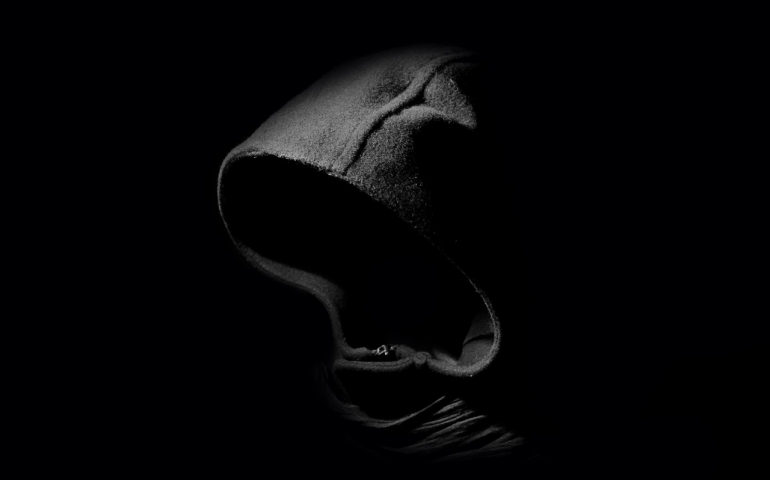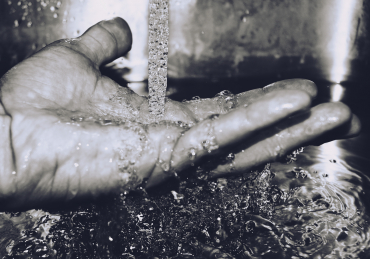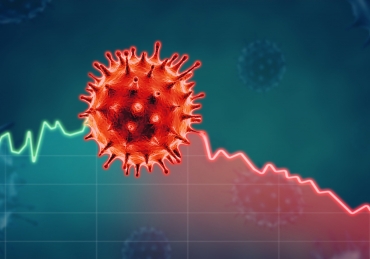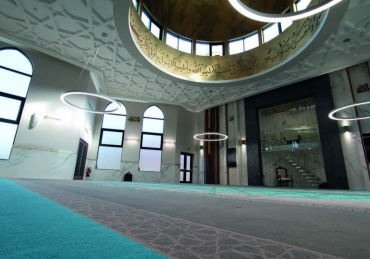Coronavirus and Handling Dead Bodies
This answer was updated on 30 Rajab 1441 / 26 March 2020
I am writing as a representative of BMBC (Birmingham Muslim Burial Council), which is coordinating the regional West Midlands Muslim Funeral Directors and working closely with the Coroner who is involved in the regional resilience effort.
In view of the number of Covid-19 deaths increasing in the next week, the Government is enacting emergency legislation, which will allow local authorities to cremate bodies. The bill states, “A local authority can require any company to do anything to facilitate the disposal of bodies, even if that involves breach of contract” this includes “a body may be cremated contrary to the deceased’s wishes.” (s.27 part 2, https://publications.parliament.uk/pa/bills/cbill/58-01/0122/20122.pdf)
Similar has taken place in Italy, where the Government has undertaken cremations and worryingly, the UK is heading in this direction.
Though the Government’s current advice is that confirmed or suspected Covid-19 bodies do not require a body bag, hygienic preparations etc, a number of health officials, NHS authorities, local coroners and hospitals are of the view that the deceased could infect up to three days after death. This is the position of the coroner from Sandwell. This is a very new virus and little is known about it. It has been confirmed that the virus can survive on metal and plastic surfaces, thus it seems very possible the deceased body can continue to carry the virus.
In addition, there is confusion about the safety equipment (PPE) in the UK and globally, however the World Health Organisation, who are less likely to be politically driven, has published guidance for ‘Healthcare Workers’ to wear full PPE (gown, gloves, medical mask and eye protection) when handling suspected and confirmed bodies.
As the Muslim Community may lose the opportunity to bury and be asked to completely step back, we are preparing to put our plans for ‘worst case’ scenario to the authorities early next week for the West Midlands to demonstrate we have processes and resources that are sufficient for burials.
I have read your articles on “Ghusl for Coronavirus infected bodies” and “No female to bathe female deceased”. In light of the above, I would be grateful for some clarity from an Islamic perspective on the following questions:
Question 1
Please can you outline chronological methods for ghusl for both men and women. Is the following inferred correctly from your previous articles?
Method 1 – Full Sunnah Ghusl
Method 2 (if above is not possible) – Pour water over the body 3 times
Method 3 (if above is not possible) – Tayammum over the body
Method 4 (if above is not possible) – Pour water over the body bag 3 times
Method 5 (if above is not possible) – Tayammum over the body bag
Method 6 (if above is not possible)– No Ghusl or Tayammum
Answer 1
The sequence is as follows:
Method 1 – Full Sunnah Ghusl
Method 2 – If the above is not possible, pour water over the body thrice or less (once is also sufficient). If using a pipe, apply water with a bit of force around the private parts so any impurities are washed away.
Method 3 – If the above is not possible, then perform Tayammum directly on the body. If it is not possible to do this using the bare hands, then use a cloth or gloves to do this. . The key is that the hand or glove that has touched the soil/dust must touch the skin of the deceased. There is no Tayammum over a body bag.
Method 4 – If the above is not possible, then bury without Ghusl or Tayammum. Janāzah Ṣalāh will be performed as usual.
Please note we have not come across any basis for pouring water over the body bag because it does not reach the body and the body bag is separate from the body. If Ghusl cannot be done, the alternative is Tayammum directly on the body. References from fiqh texts for this have been shared in our earlier answers.
Please also note, as mentioned in our earlier answers, that in the current circumstances, if Ghusl taking place, there is no need to follow Method 1. Method 2 is sufficient.
Question 2
Given the risk of transmitting Covid-19 is unclear, with some experts suggesting it can spread up to 3 days after death, (i) does the Shari’ah allow performing ghusl by pouring water over a body bag 3 times, from now? (ii) What are the conditions to allow this from now?
Answer 2
As mentioned above, we have not come across any basis for pouring water over the body bag. If Ghusl cannot be done, the alternative is Tayammum directly on the body.
The current government guidance is that bodies do not need to be sealed. In this case, Ghusl should be done.
If, however, the body is sealed, as is the practice of some NHS trusts, then every effort should be made to perform Ghusl by adhering to the precautionary measures including the use of PPE. If, however, the regulations change and opening the sealed body bags is disallowed, or it is proven to pose a real risk of infection due to the build-up of fluid and gas, it would then be permissible not to perform Ghusl and suffice with Tayammum using a cloth or gloves. If Tayammum is not possible because of the risk of infection, or because of the double body bag or sealed coffin or another reason, the body will be buried without Tayammum or Ghusl.
Question 3
What is the method of Tayammum on the body?
Answer 3
As mentioned above, Tayammum is only an option if it is possible for the hand or glove that touched the soil/dust to touch the actual skin of the face and the hands of the deceased. This can be directly by using the bare hands or it can be via the use of gloves or a piece of cloth. If this is possible, then the process is as follows:
- Make intention of Tayammum and say the Tasmiyah
- Apply your bare or gloved hands once on soil or stone or any surface with dust. We recommend you source the ‘Tayammum Pad with Dust’ as it is compact and convenient.
- Wipe your bare or gloved hands once over the face of the deceased.
- Apply your bare or gloved hands once on the soil or stone or Tayammum Pad for the second time.
- Wipe your right hand on the right arm (hand to elbow) of the deceased once and the same with the left hand for the left arm (hand to elbow) of the deceased.
Finally, every possible effort must be made to ensure that cremation is not done on Muslim bodies. As mentioned above, pouring water once is sufficient. Islam also permits mass burials where there is a need as outlined in an earlier answer, therefore, this option can also be considered when the numbers increase. Please use these flexibilities and engage constructively with the local authorities to ensure that cremation is avoided.
May Allah Almighty reward you and colleagues for your efforts and protect you.
Note: If the possibility of Ghusl is uncertain, it is strongly advised to undertake Tayammum immediately after death or before the body is sealed in a body bag. Following Tayammum, if later Ghusl becomes possible, Ghusl should also be done.
Allah know best
Yusuf Shabbir
26 Rajab 1441 / 21 March 2020
Approved by: Mufti Shabbir Ahmad and Mufti Muhammad Tahir
Updated: 30 Rajab 1441 / 26 March 2020
(For other Q&As & articles regarding Coronavirus, click here)







